In Apple's recently released Remote app I noticed the way in which the navigation bar behaves is unique and I haven't been able reproduce it. When popping the Now Playing view controller the navigation bar remains transparent for the Now Playing view controller and the navigation bar for the library view controller also stays translucent (Screenshot 1). I'm trying to figure out if they are using two navigation controllers or only one. Personally I feel they're using just one for two reasons (1) the interactive pop gesture is enabled; (2) when you press the 'Now Playing' button in the library view controller, just before the now playing screen has finished 'push view controller' animation the navigation bar becomes transparent (Screenshot 2). This is the behaviour I experience when pushing my view controller (which sets the navigation bar to transparent). So my question is: How does Apple present both navigation bars of the two view controllers as if they were individual (as with Screenshot 1), even the bar buttons, navigation title etc... are 100% in opacity when switching (usually when pushing/popping the buttons and titles of the previous view controller fade as the new controller is being pushed). I've tried playing around with the bar tint colour in viewDidAppear and viewWillAppear in both view controllers but cannot reproduce the same behaviour, and cannot prevent the bar buttons from fading.
Gosh I hope I've explained this well, I get confused just thinking about it!
Screenshot 1 (Popping):

Screenshot 2 (Pushing):
